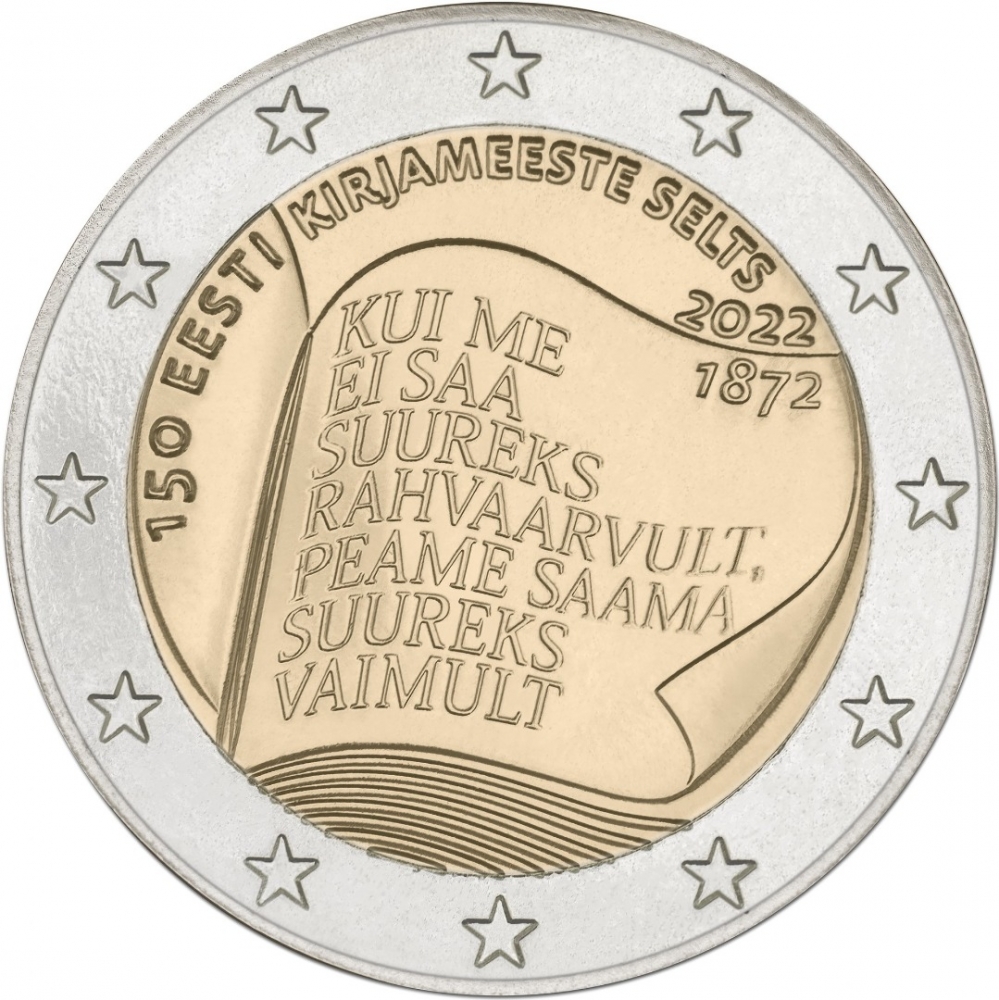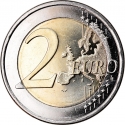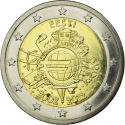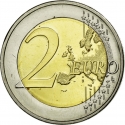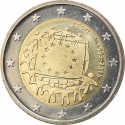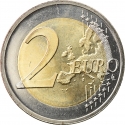You are about to finish your registration. Please check your mailbox (including spam folder). There should be a letter with a confirmation link. Check setting to make sure that your e-mail address is correct.
Send letter againDescription
The Society of Estonian Literati (Estonian: Eesti Kirjameeste Selts - EKmS) was an influential association of Estonian intellectuals based in Tartu between the years 1871 and 1893.
The articles of the Society of Estonian Literati was adopted in 1871. In March 1872 the first meeting was held in Viljandi. The society included the main Estonian writers, poets, artists and journalists of the time. Leading personalities were, among others, Friedrich Reinhold Kreutzwald, Hans Wühner, Jakob Hurt, Carl Robert Jakobson, Hugo Treffner and Johann Köler.
The aim of the society was the promotion of the Estonian language and literature to enrich Estonian social life and a greater understanding by Estonians of their history and culture. The society published approximately 100 items during its 18-year existence between 1873 and 1890). From 1887 the society also organized literary competitions. Under Jakob Hurt the Society systematically collected Estonian folk poetry. Members of the Society collected old documents, coins and ethnological artefacts. The society built an extensive library and organized numerous lectures.
At the beginning of the 1880s were internal political disputes between Jacob Hurt and Carl Robert Jakobson on future direction. In 1881 Hurt left with a group of his followers and Jakobson died a year later. The beginning of the Russification of Estonia split the society further. One group took a moderate stance towards the Tsarist demands, the other was an Estonian nationalist faction who largely rejected these concessions. On 28 April 1893, the society was shut down by the Tsarist authorities.
Obverse

|
Depicts an open book, the name of the organisation "Society of Estonian Literati" (the name of the issuing country Estonia is part of the inscription) and the year above. The text on the book page is a quote by Jakob Hurt "If we cannot be a great nation numerically, then we have to be great in spirit". EESTI KIRJAMEESTE SELTS |
|---|---|
Reverse

|
A geographical map of Western Europe spans the outer ring and inner core on the right side of the coin. The inscription 2 EURO is superimposed over the map of Europe, with the numeral “2” located in an open field representing the eastern Atlantic Ocean. 2 EURO |
| Edge |
ESTONIA in Estonian upright and inverted EESTI ○ EESTI ○ |
Characteristics
| Type | Commemorative Issue (Circulating) |
| Material | Bi-Metallic |
| Ring | Cupronickel |
| Center | Nickel Brass |
| Weight | 8.5 g |
| Diameter | 25.75 mm |
| Thickness | 2.2 mm |
| Shape |
|
| Alignment | Medal |
| Mint |
Mint of Finland
|
Related coins
10th Anniversary of Euro Coins and Banknotes
30th Anniversary of the Flag of Europe
